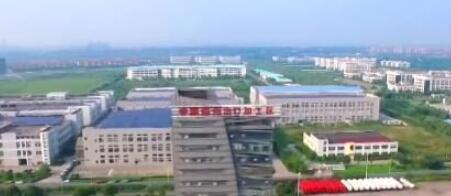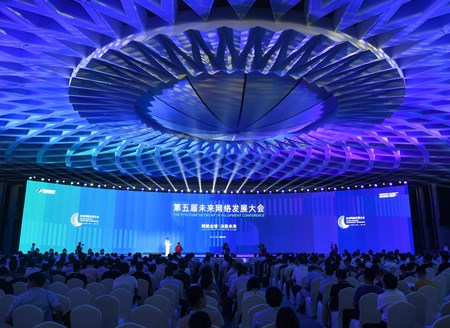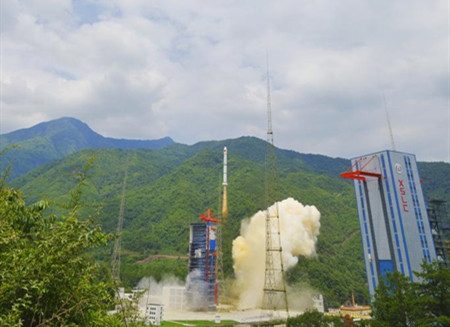East China’s Jiangsu province has made unremitting efforts to implement General Secretary Xi Jinping’s instructions and spirit on innovation-driven development, focusing on promoting the integration of science and technology and mobilizing the enthusiasm of scientific and technological professionals, and grasping the most direct and most realistic institutional mechanisms concerned by various innovation entities so as to promote the reform of science and technology system and speed up the construction of an innovative province.
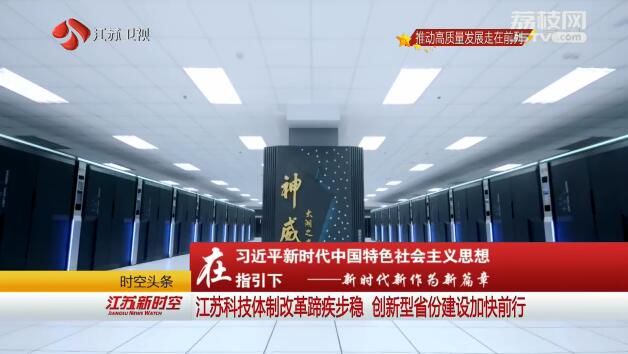
Jiangsu has maintained a leading role in the core technologies of nano-tech, Internet of Things, solar photovoltaic, smart grid, offshore equipment, and many others while its major achievements such as the manned submersible Jiaolong and Sunway TaihuLight supercomputer have gained worldwide influence.
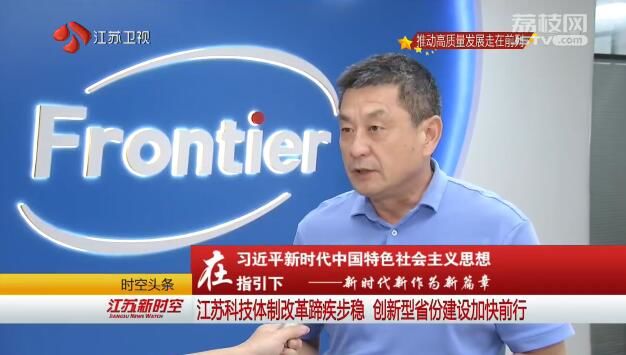
As a leader of the development in eastern China, Jiangsu has firmly grasped the major opportunities of the new round of scientific and technological revolution and industrial transformation, and fully implemented the strategy of driving science and technology innovation, as is evidenced by its stable economic operation and continuously optimized economic structure. Innovation is being internalized into the new temperament of this economic powerhouse with the province’s regional innovation capability ranking foremost in the country for many years.
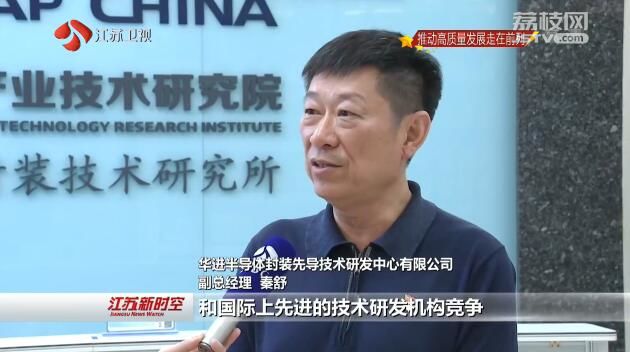
The full flow of innovation sources depends on the emergence of innovative systems. Since the 18th National Congress of the Communist Party of China, by centering around the overall goal of comprehensively deepening reforms, Jiangsu has taken the reform of the science and technology system as an important content and launched a series of major initiatives from the top-down approach.
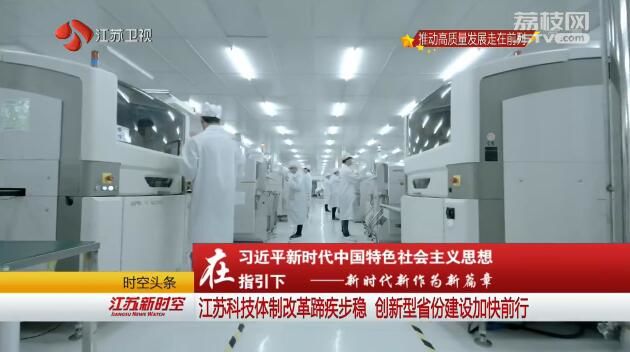
Jiangsu launched the country’s first pilot project for the construction of innovative provinces. It has introduced a number of important policy measures such as the 40 measures for scientific and technological innovation and 18 measures for intellectual property rights. Driving innovation with reform, Jiangsu has dismantled the system barriers and deployed the scientific and technological resources more efficiently.
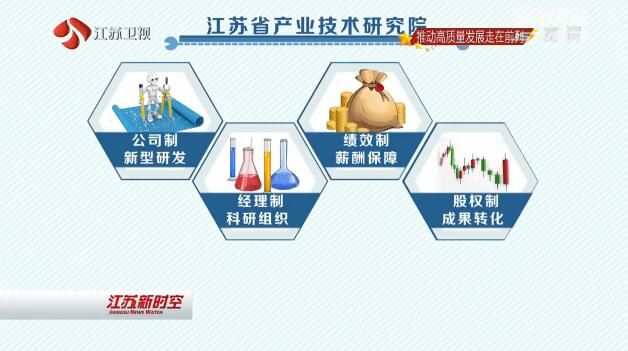
Jiangsu Industrial Technology Research Academy, a test field for the reform of the science and technology system, has successfully attracted 64 top-notch scientists and 771 high-level talents from around the world through the new mechanism of corporate research and development, managerial research organization, performance-based compensation, and equity system transformation. At the same time, the province has fulfilled the cumulative transfer of 2632 technology items.
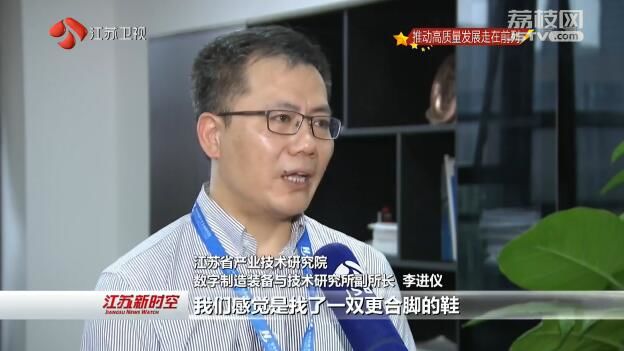
Four months ago, the Academy’s Digital Manufacturing Equipment and Technology Institute transferred the large wind blade technology to CRRC Group for 21 million yuan. 70% of the resulting net income is invested in the R&D team. The R&D team in turn set up a subsidiary to further expand the application of the technical results and bring more benefits to the research.
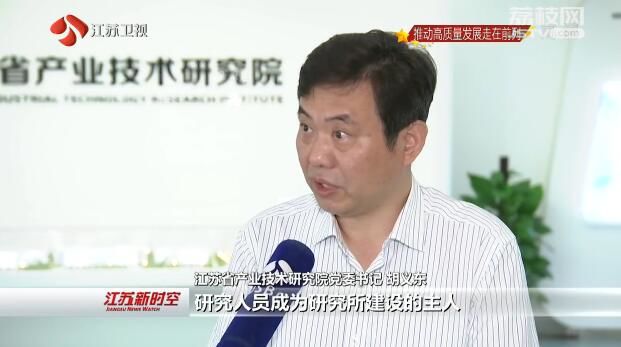
In order to promote the centralized management of scientific and technological resources, Jiangsu has launched a pilot project in the Southern Jiangsu National Independent Innovation Demonstration Zone to set up a special fund of 1 billion yuan, launch an integrated innovation service platform, and coordinate the promotion of major scientific and technological innovation projects. On this basis, Jiangsu has promoted the coordinated layout of scientific and technological resources across the province and improved the imbalance of the distribution of scientific and technological resources.
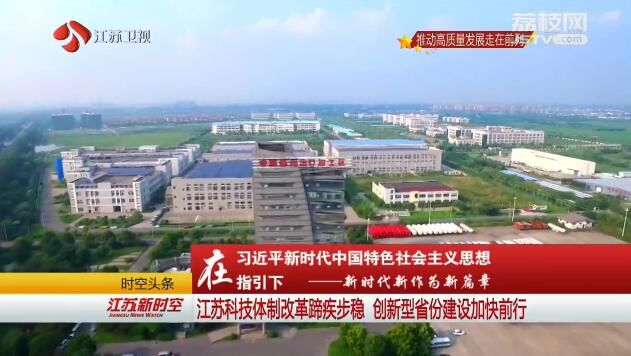
Through pilot projects in key areas and key links, Jiangsu has continuously optimized its science and technology system. Its reforms have continued to stimulate innovation and innovation and the vitality of innovation and entrepreneurship has been fully released.
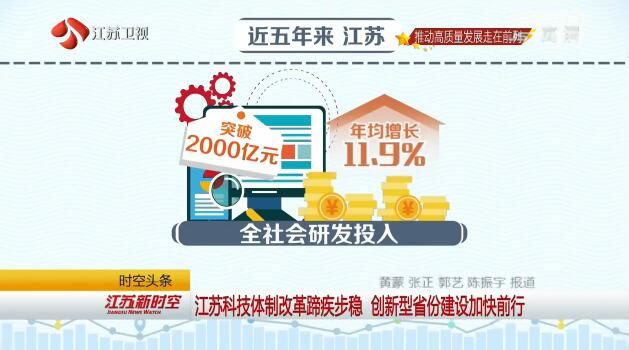
In the past five years, the province's R&D investment has grown at an average annual rate of 11.9%, breaking the 200 billion mark among all the provincial-level regions. Its output value of high-tech industries has exceeded 5 trillion yuan and 6 trillion yuan respectively. High-tech enterprises above designated size account for 16% of the total but contribute 26% and 32% to the province’s industrial value and profit.
